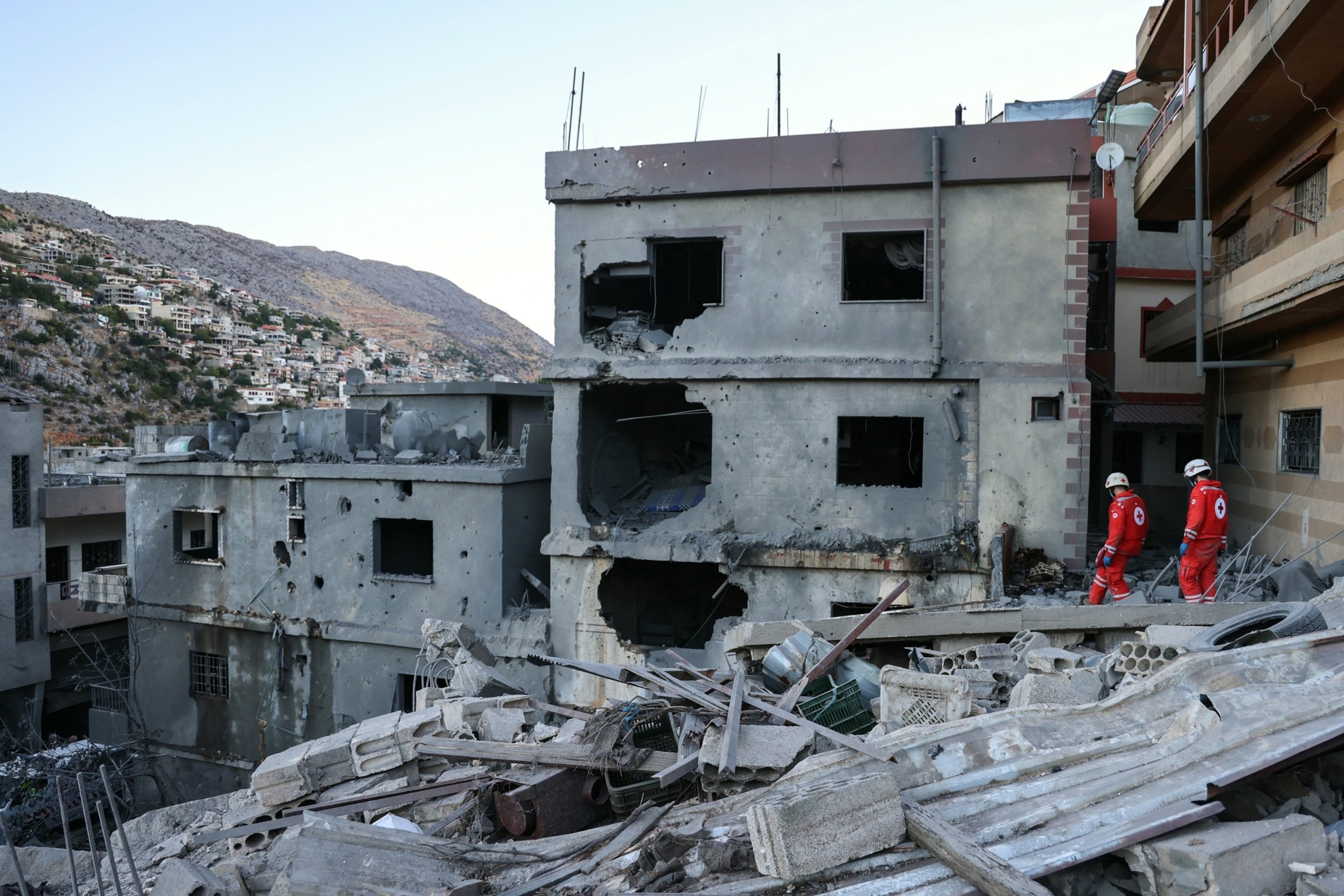
DUBAI, United Arab Emirates — The United States military unleashed a wave of attacks targeting radar sites operated by Yemen’s Houthi rebels over their assaults on shipping in the crucial Red Sea corridor, authorities said Saturday, after one merchant sailor went missing following an earlier Houthi strike on a ship.
The attacks come as the U.S. Navy faces the most intense combat its seen since World War II in trying to counter the Houthi campaign — attacks the rebels say are meant to halt the Israel-Hamas war in the Gaza Strip. However, the Iranian-backed rebel assaults often see the Houthis target ships and sailors who have nothing to do with the war while traffic remains halved through a corridor vital for cargo and energy shipments between Asia, Europe and the Mideast.
U.S. strikes destroyed seven radars within Houthi-controlled territory, the military’s Central Command said. It did not elaborate on how the sites were destroyed and did not immediately respond to questions from The Associated Press.
“These radars allow the Houthis to target maritime vessels and endanger commercial shipping,” Central Command said in a statement.
The U.S. separately destroyed two bomb-laden drone boats in the Red Sea, as well as a drone launched by the Houthis over the waterway, it said.
The Houthis, who have held Yemen’s capital, Sanaa, since 2014, did not acknowledge the strikes, nor any military losses. That’s been typical since the U.S. began launching airstrikes targeting the rebels.
Meanwhile, Central Command said one commercial sailor from the Liberian-flagged, Greek-owned bulk cargo carrier Tutor remained missing after an attack Wednesday by the Houthis that used a bomb-carrying drone boat to strike the vessel.
“The crew abandoned ship and were rescued by USS Philippine Sea and partner forces,” Central Command said. The “Tutor remains in the Red Sea and is slowly taking on water.”
The Houthis have launched more than 50 attacks on shipping, killed three sailors, seized one vessel and sunk another since November, according to the U.S. Maritime Administration. A U.S.-led airstrike campaign has targeted the Houthis since January, with a series of strikes May 30 killing at least 16 people and wounding 42 others, the rebels say.
The war in the Gaza Strip has killed more than 37,000 Palestinians there, according to Gaza health officials, while hundreds of others have been killed in Israeli operations in the West Bank. It began after Hamas-led militants attacked Israel on Oct. 7, killing about 1,200 people and taking around 250 hostage.
“The Houthis claim to be acting on behalf of Palestinians in Gaza and yet they are targeting and threatening the lives of third-country nationals who have nothing to do with the conflict in Gaza,” Central Command said. “The ongoing threat to international commerce caused by the Houthis in fact makes it harder to deliver badly needed assistance to the people of Yemen as well as Gaza.”
The United States military recently conducted airstrikes on Houthi radar sites in Yemen in response to the disappearance of a merchant sailor in the region. The sailor, who was reported missing last week, is believed to have been taken captive by Houthi rebels operating in the area.
The US military’s decision to launch airstrikes on Houthi radar sites comes as part of a broader effort to combat the growing threat posed by the rebel group in Yemen. The Houthi rebels, who are backed by Iran, have been engaged in a protracted conflict with the Yemeni government and its allies for several years now.
The disappearance of the merchant sailor is just the latest incident in a series of provocations by the Houthi rebels in the region. In recent months, there have been reports of increased attacks on commercial shipping vessels passing through the Red Sea and the Bab el Mandeb strait, which are key maritime chokepoints connecting the Mediterranean Sea and the Indian Ocean.
The US military’s airstrikes on Houthi radar sites are aimed at degrading the rebels’ ability to track and target commercial shipping vessels in the region. By taking out these radar sites, the US military hopes to disrupt the Houthi rebels’ operations and prevent further attacks on merchant ships passing through the area.
The US military’s actions in Yemen have drawn criticism from some quarters, with human rights groups raising concerns about civilian casualties and the potential for escalation of the conflict. However, US officials have defended the airstrikes as necessary to protect American interests and ensure freedom of navigation in one of the world’s most important maritime trade routes.
The situation in Yemen remains fluid and complex, with multiple actors vying for control of the country. The US military’s airstrikes on Houthi radar sites are just one part of a larger strategy to counter the growing influence of Iran and its proxies in the region.
As the conflict in Yemen continues to escalate, it is clear that the US military will play a key role in shaping the outcome of the conflict and ensuring stability in this volatile region. The disappearance of the merchant sailor is just one example of the challenges faced by commercial shipping vessels operating in these waters, and it underscores the need for continued vigilance and decisive action to protect American interests in the region.


